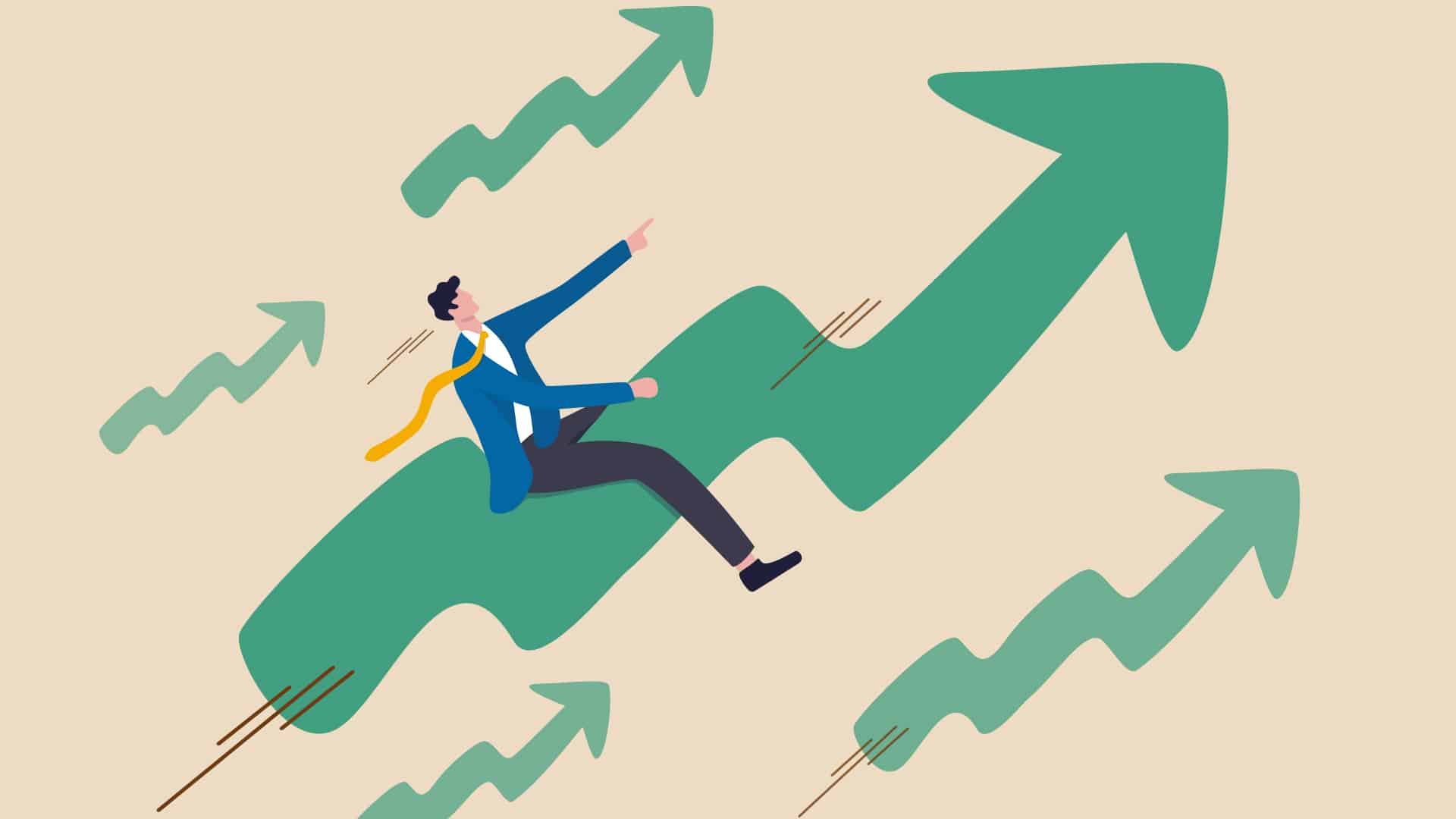Leadership was never easy. Then the pandemic hit, bringing unimagined challenges for leaders in a remote working landscape. Necessary adaptations occur with ever-increasing frequency in all aspects of our personal lives and all sectors of the business world. Cultivating agile leadership will be the key to organizational success as we face the future. We must welcome change. Business as usual will not be a strategy for success as we move forward in these times that are anything but normal as we once knew it.
Continuing to conduct business with professionalism and a certain amount of structure is essential. But those in leadership roles must become less authoritative, display more empathy toward staff and customers/clients, become more flexible regarding procedures. They must view change as a catalyst for brainstorming creative plans that will build their organization’s bottom line. Signing up for certification or a coaching session in agile leadership skills is becoming an increasingly popular way to prepare for a successful future.
Traditional Leadership vs. Agile Leadership
McKinsey & Company notes that traditional leadership is often reactive. Traditional leaders often become alarmed at unexpected obstacles – sometimes seeking to lay blame, even when the obstacle was no one’s fault.
Today’s leaders must learn to anticipate obstacles – be ready to respond with a fluid, creative mindset – and be able to adapt with open-minded optimism to any challenge. It’s this shift from traditional to agile, from reactive to creative that will give modern leaders an edge.
But that’s not all. According to the same research at McKinsey, several other transformations are key to becoming an agile leader:
- From certainty to discovery: Learn to value innovation.
- From authority to partnership: Foster collaboration.
- From scarcity to abundance: Foster value creation. Focus on opportunity and abundance and ways to achieve it, rather than on what is lacking.
Positivity may be cliché – but for agile leaders, it invites possibility
The power of positive thinking may at times be difficult to muster for traditional leaders facing challenging times. It may seem more natural to put pressure on employees. To force performance. To focus on putting out fires that occur in organizational processes rather than creating ways to prevent them in the future. During difficult times positivity may seem counterintuitive – but it can be an effective defense against failure.
Consider key individuals throughout history who achieved ambitious goals against all odds. Scientists who made discoveries unimaginable to most. Industry leaders who saved companies. What traits did they possess that either don’t come naturally to many of us or have been suppressed through traditional training techniques?
An open-minded "design mindset" - not a defensive outlook
We, as leaders, must expect and welcome new developments. Even if they are obstacles to be cleared, we must see every new development as a potential opportunity. Fresh conditions trigger new ways of thinking; form new neural pathways in our brains. Difficulties may not be welcome. We may not find a solution for every problem. But obstacles do teach us lessons, make us smarter and sharper – better prepared to face the next challenge.
The people at McKinsey call it the “design mindset“. That’s a powerful thought. Instead of viewing problems only as enemies to success, why not view them as learning experiences and opportunities to get creative? Use the observations to make new discoveries, gain understanding and insight. In the words of two men who achieved greatness:
“We are continually faced by great opportunities brilliantly disguised as insoluble problems.” – Lee Iacocca
“We cannot solve our problems with the same thinking we used when we created them” – Albert Einstein
Freeing staff members from fear fuels successful performance
When staff members know their sincere efforts are truly appreciated, most people willingly give their best effort toward a company’s success. Agile leaders are able to convey this attitude and cultivate a cooperative, communal spirit at each level in an organization.
What was at one time the norm for many companies – treating employees solely as “resources” yet failing to tap their “on the job” observations for ways to improve the processes they perform – isn’t the recommended way of leading in today’s version of normal.
True success depends upon a cooperative, team effort. The cultivation of a new company culture. A new way of thinking about everything – from staff relationships to the manner in which customers are treated. People at every level need to know their insight is respected and considered by everyone “above” them on the chain of command.
Putting it all together
According to one Forbes author, 15 key qualities define today’s agile leaders. Among them are many of those we have already addressed: creating inclusive and empowered teams, listening, learning, being curious, being resilient, being able to deal with frequent disruption, and remaining flexible, adaptive. Also deemed important is the ability to lead by example – being willing to do the things you ask of your team, being open to suggestions from all people, and being truly cooperative as a leader.
To make it more memorable, Juliet Ehimuan, Director of Google West Africa, spells out the keys to success in her model for A.G.I.L.E. Leadership. This creative listing of traits includes being:
- Approachable – Be open to ideas from every team member.
- Grounded – Respect original, ambitious suggestions but be realistic about whether they are realistic.
- Innovative – Foster brave new thinking – challenge the norm.
- Leverager – Bend rules and budgets. Utilize staff member abilities creatively. Support success for both the bottom line and staff member needs.
- Empathetic – Staff members at all levels are an organization’s greatest asset. Leadership may be more difficult these days, but so is life for employees. The bottom line is important, but if reasonable adjustments can be made which enable the retention of valued employees, those steps should be taken. An empathetic look at whether customer personas may need altered services is necessary too.
Whether you are new to the business world or a veteran leader adapting to the new style of agile leadership, learning more about how to adapt is the next step. Sounding Board’s coaches and specialized software can help business leaders optimize their roles through personalized coaching solutions, tailored to meet their individual goals. Click here to learn more.









